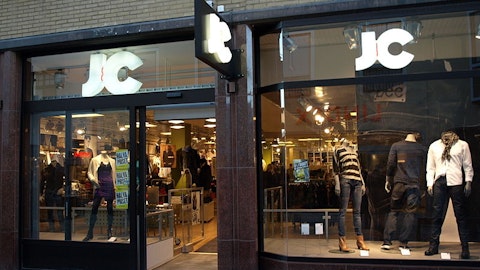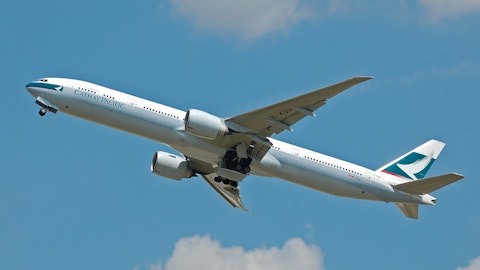Business Analysis
Many of UTX’s businesses have been around for a very long time, highlighting their durability and the relatively slow pace of change that occurs in many of their markets. For example, Otis has existed for more than 160 years, and Pratt has operated for around 90 years.
Such longevity has helped UTX build a lucrative installed base of equipment, enjoy substantial economies of scale, and maintain deep familiarity with customers to fully entrench its products and services.
Not surprisingly, many of the company’s businesses enjoy top market shares as a result. Aerospace Systems (24% of sales) is number one in its marketplace; Otis (22% of sales) is number one and is so large that it moves the entire world’s population every four days on its equipment; Pratt is number two; and Climate Controls & Security (29% of sales) is number one in North American residential markets, fire products, and transport refrigeration and number two in commercial HVAC.
United Technologies Corporation (NYSE:UTX) has also said that its building systems business, which is around $30 billion in size, is about twice as large as its nearest competitor. With such massive scale, UTX can maintain relatively low production costs and leverage its global distribution channels and spending on R&D (about $4 billion annually, including customer-funded R&D).
As seen below, UTX’s competitive advantages and high-margin aftermarket revenue (44% of total sales) have allowed it to maintain strong and steady operating margins over the last decade:

Source: Simply Safe Dividends
Why is it so hard to displace UTX? Many of its biggest businesses are characterized by long and costly product development cycles, strict regulatory or market-driven performance standards, and a focus on cost.
Similar to what we observed with General Electric, UTX’s large scale and manufacturing excellence allow it to create much of its large equipment at extremely competitive costs. The company isn’t interested in the margin it makes on the initial equipment sale, which is often minimal. The real money is made in aftermarket parts and services contracts to keep engines, elevators, and other high-value equipment up and running. Aftermarket contracts can run more than 30 years in length and often lock in the customer with UTX for many years to come.
Smaller competitors are unable to match UTX’s pricing for initial equipment sales and don’t have the seal of reliability and performance that many of the company’s famous franchises have built up over decades of time.
In certain markets, manufacturing expertise, intellectual property, supply chain expertise, and regulations also serve to limit competition. For many of these reasons, the aircraft engine market is largely dominated by General Electric, Rolls Royce, and UTX.
The company currently loses $1 million on each of its new engines that it is ramping up and expects to generate a loss of about $1 billion from new jet engine sales over the next four years. While the payback period on jet engines is very long, it comes with solid returns because UTX will enjoy a lucrative aftermarket revenue stream for the next 30+ years.
Few competitors have the financial strength to undertake these significant investments that don’t breakeven for a number of years. UTX estimates that its new engine technology required about $10 billion in investment. Without an existing customer base to secure future orders, it becomes even more difficult for potential new entrants to throw billions at these projects. New entrants also lack the reputation for quality and safety.
Finally, it’s worth mentioning some of the productivity and portfolio management initiatives UTX is taking to enhance its growth and profitability. The company’s current CEO started in November 2014 after his predecessor abruptly retired.
Some of his key moves have been to bring back certain former executives, eliminate several layers of management, sell off UTX’s Sikorsky helicopter business for $9 billion, and engage in meaningful restructuring activities.
The sale of Sikorsky improves UTX’s organic growth profile, operating margins, and cash flow predictability. It also reduced the company’s defense exposure from 19% of total revenue to 13%.
Once macro headwinds subside, management hopes to restore organic sales growth back to the mid-single digit range over the long term. Meanwhile, UTX’s $1.5 billion multi-year restructuring plan, which is focused primarily on manufacturing plant consolidations, is expected to generate $900 million of annualized savings when completed in several years.
It’s clear that UTX is in a bit of a transitional phase, but we believe the underlying strength of its franchises and recurring aftermarket revenue provides plenty of cushion as the company looks to improve its long-term prospects.





